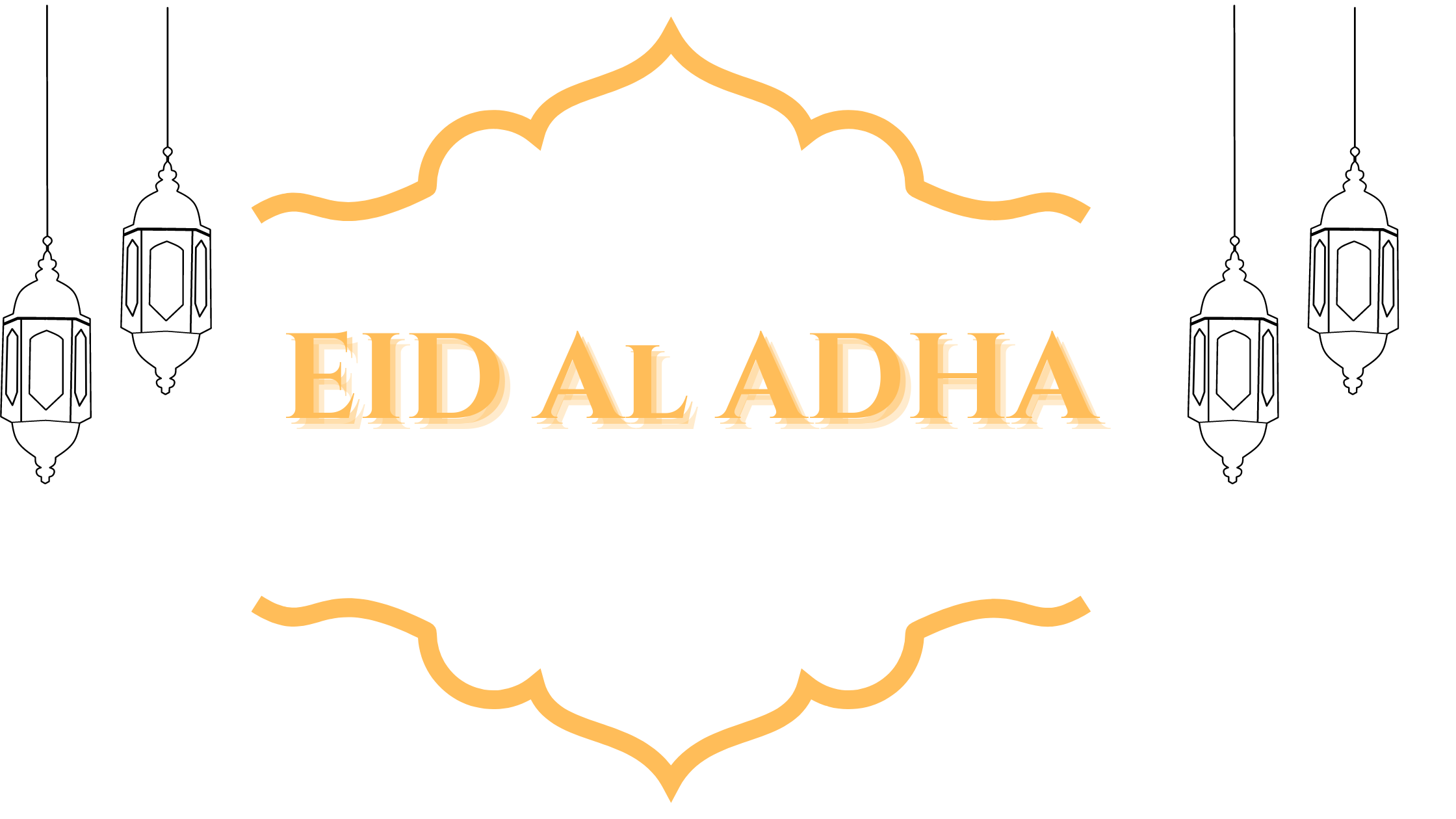
Eid Al Adha
Eid al-Adha, also known as the “Festival of Sacrifice,” is one of the most important Islamic holidays celebrated by Muslims worldwide. It honors the willingness of the Prophet Ibrahim (Abraham) to sacrifice his son as an act of obedience to Allah’s command. In this blog post, we will discuss the history, traditions, and significance of Eid al-Adha.
History of Eid al-Adha
Eid al-Adha is celebrated on the 10th day of Dhu al-Hijjah, the 12th and final month of the Islamic calendar. The holiday commemorates the story of the Prophet Ibrahim, who was willing to sacrifice his son, Ismail (Ishmael), as an act of submission to Allah’s command.
According to Islamic tradition, Allah commanded Ibrahim to sacrifice his son as a test of his faith. Ibrahim, being a faithful servant of Allah, was ready to obey, and as he was about to sacrifice his son, Allah intervened and provided him with a lamb to sacrifice instead. This act of obedience and faith is celebrated every year during Eid al-Adha.
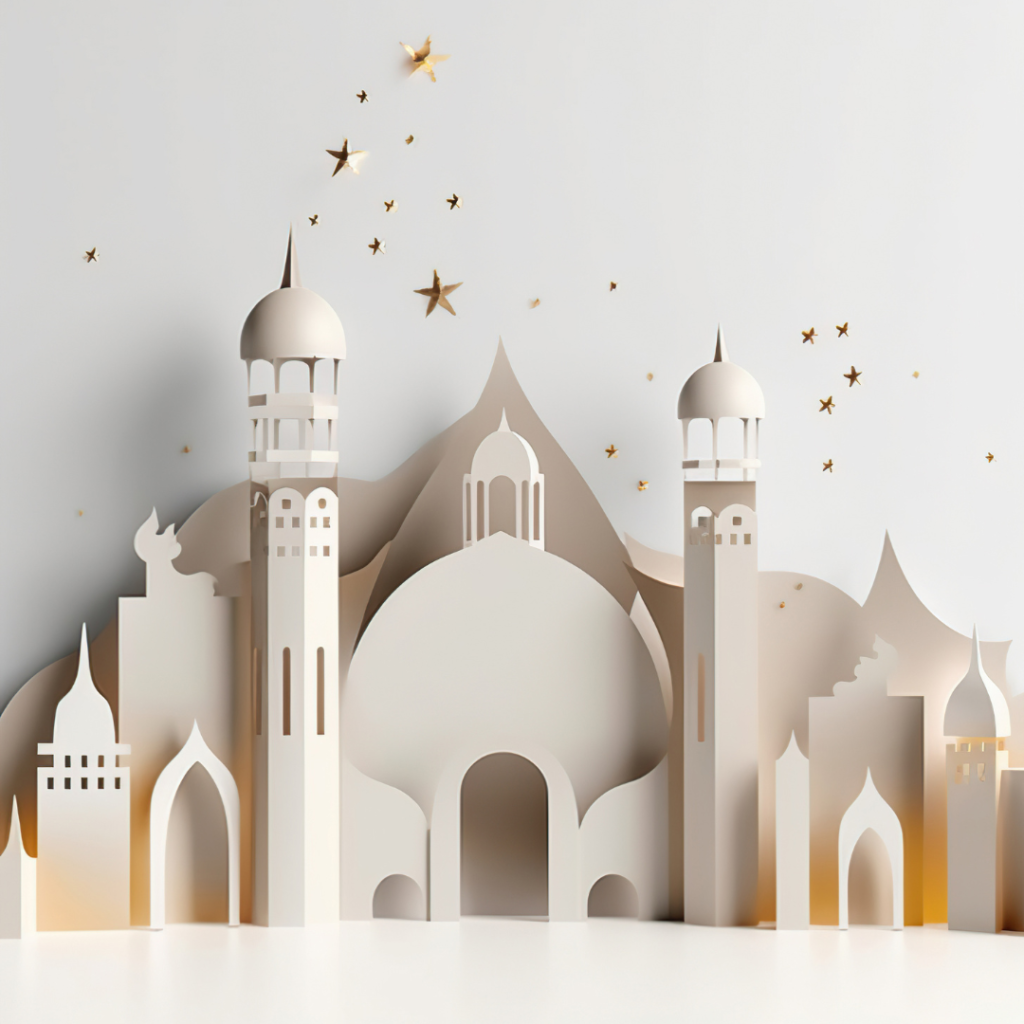
Traditions of Eid al-Adha
Eid al-Adha is a time of celebration and reflection. It is marked by a variety of traditions and customs that have been observed by Muslims for centuries.
One of the most significant traditions of Eid al-Adha is the sacrifice of an animal, usually a sheep, goat, or cow. The sacrifice is performed in remembrance of the sacrifice that Ibrahim was willing to make for Allah. The meat from the sacrifice is divided into three parts, with one part given to the poor, another part given to family and friends, and the final part kept for the family’s own consumption.
Another important tradition is the gathering of family and friends for prayer and feasting. Muslims attend congregational prayers at the mosque, where they listen to a sermon and offer special prayers. After the prayers, families gather together to share meals and exchange gifts.
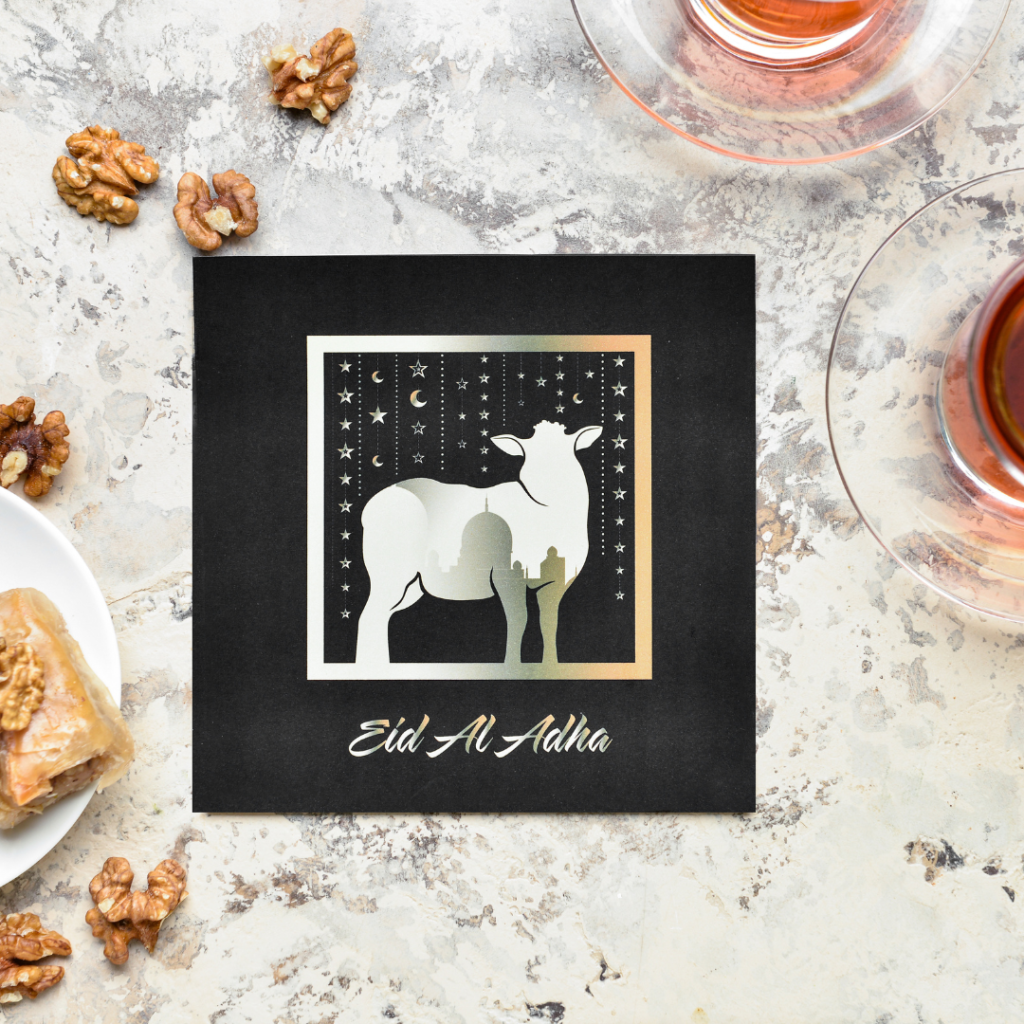
Eid Al Adha and Hajj
Eid al-Adha occurs on the 10th day of Dhu al-Hijjah, which is also the day of Arafah during the Hajj pilgrimage. This day is significant because it is believed to be the day when Allah forgives the sins of those who seek forgiveness. The Hajj pilgrimage, on the other hand, is a five-day journey that takes place in the first ten days of Dhu al-Hijjah.
During Hajj, millions of Muslims from all over the world gather in Mecca to perform a series of rituals, including the Tawaf, which is circling the Kaaba seven times counterclockwise; the Sa’i, which is walking back and forth between the hills of Safa and Marwa; and the standing at Arafat, which is the most important part of the Hajj. It is believed that standing at Arafat is a chance to repent, seek forgiveness and to be forgiven.
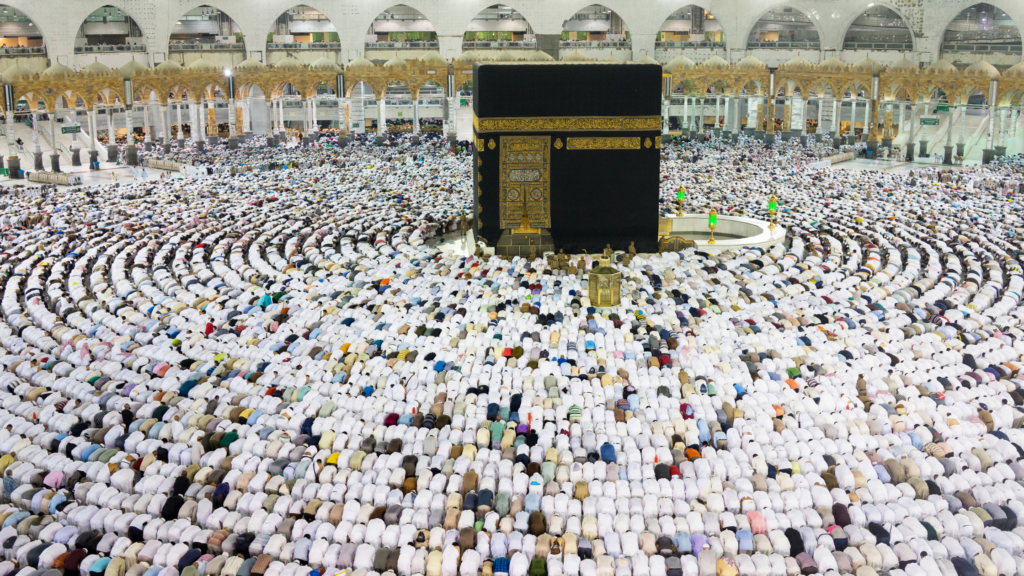
For Westerners this means, you should be sending Greetings or Gifts for clients, friends and colleagues as this is an even more important holiday than Eid El Fitr – Eid Al Adha is also known as the big Eid. We have a variety of Greeting cards in our Middle East 2025 Planner.
Conclusion
Eid al-Adha is another significant Islamic holiday that you need to acknowledge when you are doing business with the Middle East.
We know it can often we overwhelming knowing when the exact date is (as this again is determined by the Moon Sighting Committee) and remembering sending gifts and greetings at the right time.
Our Middle East Planner helps you with exactly this – because we remind you ahead of time, send you Greeting cards that are ready to use and also give you ideas on gifting.
We offer as well MasterClasses about all you need to know. One of our MasterClasses had this exact topic: Religion, Ramadan and Eid…. coming to the shop soon.
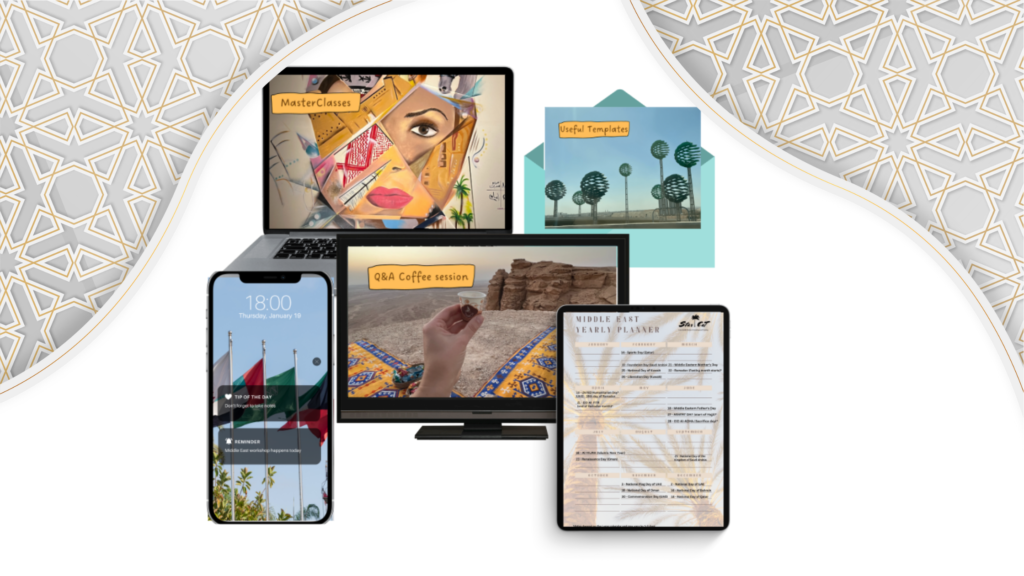



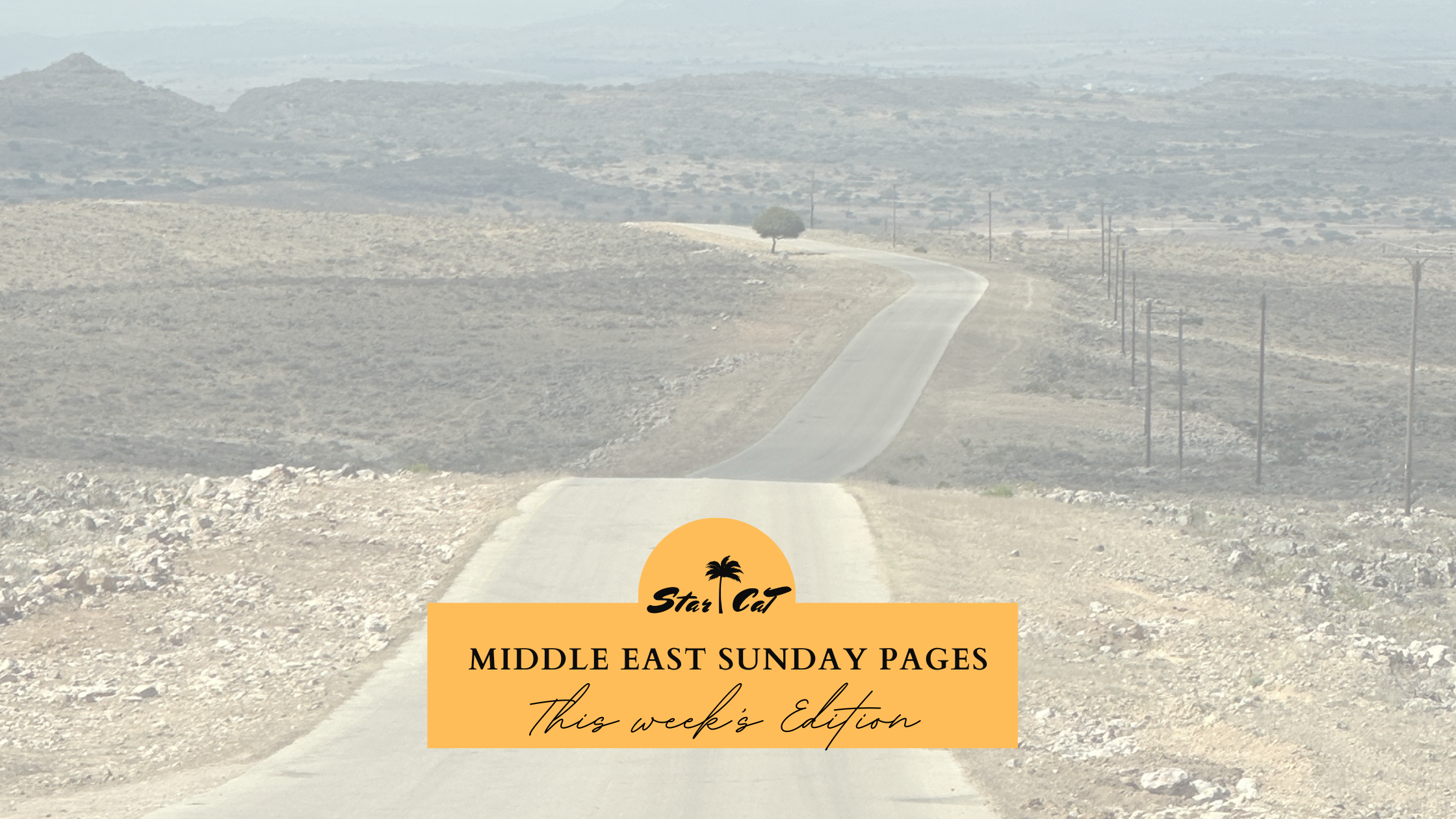
This Post Has 0 Comments